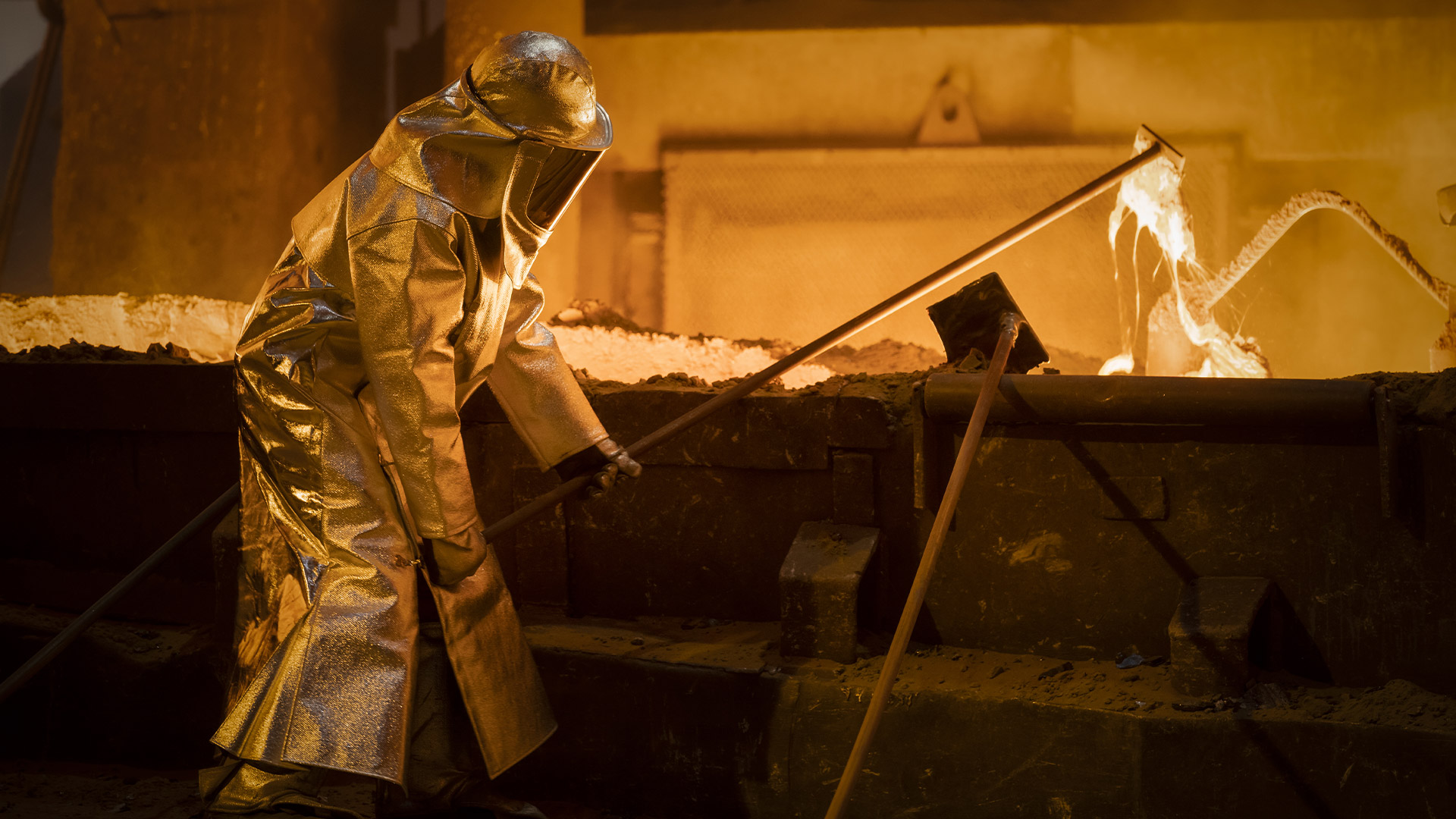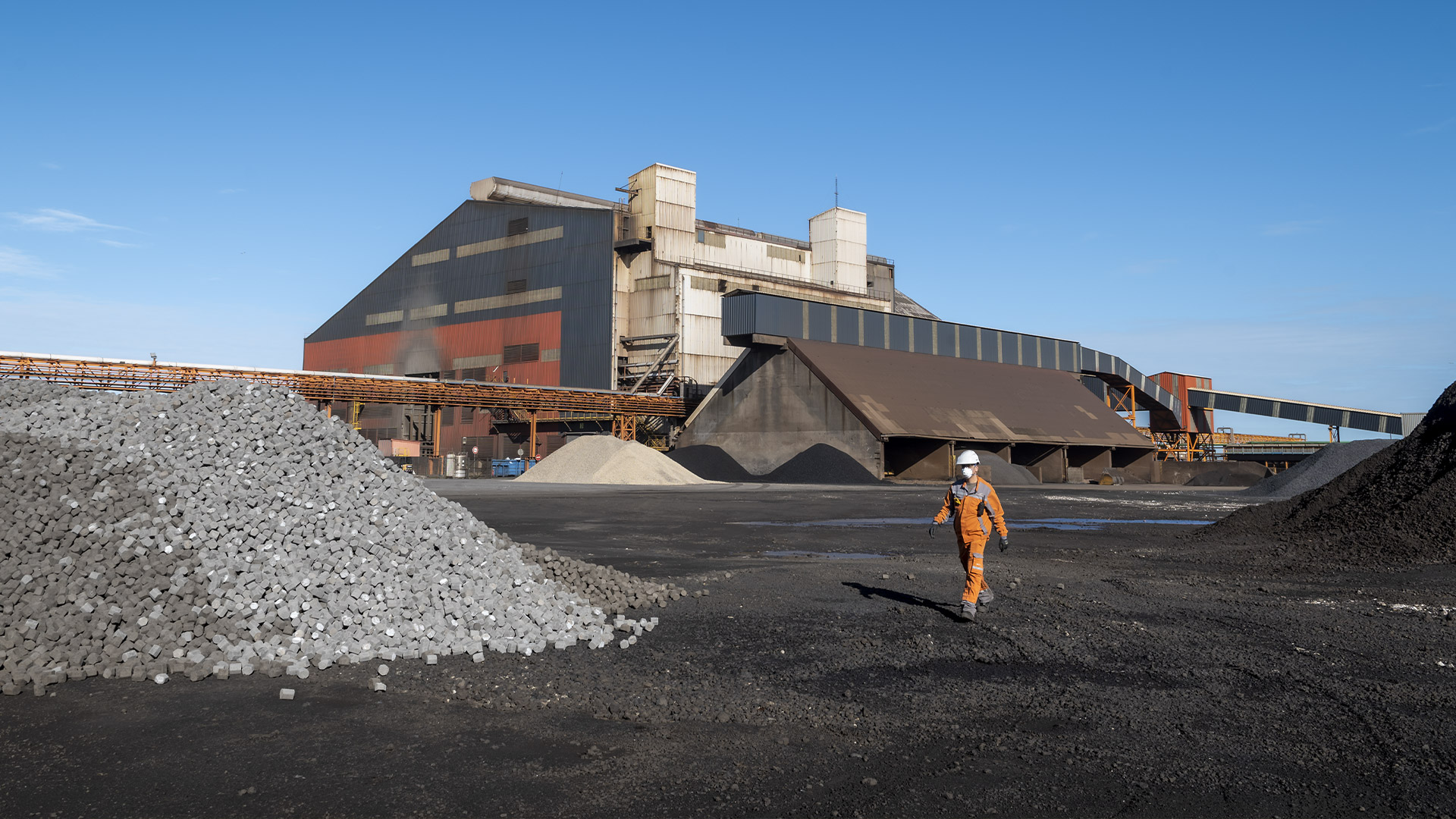Low-Carbon Production for the European Steel Market
The Comilog Dunkerque plant produces silicomanganese, an alloy of manganese and silicon, used to enhance steel and improve its strength and durability.
Located on the shores of the North Sea, in the heart of one of France’s largest industrial hubs, the Comilog Dunkerque plant benefits from a strategic location for the distribution of silicomanganese across Europe.
This eraLow-labeled alloy boasts a low carbon footprint, emitting just 1.9 tonnes of CO₂eq per tonne of alloy, making it an ideal choice for supporting the decarbonization of the steel industry. It is particularly sought after in the construction, automotive, aerospace, and shipbuilding sectors.
Comilog Dunkerque is one of Eramet Group’s manganese alloy production sites, along with the plants in Eramet Norway, Eramet Marietta in the United States, and the Moanda Metallurgical Complex in Gabon. These sites operate in synergy for greater efficiency.
A State-of-the-Art Furnace
In 2025, the plant’s furnace was completely rebuilt, leveraging Eramet’s industrial and operational excellence. Unique within the Group due to its capacity, the new furnace has been designed for a lifespan of several decades.
Reducing Environmental Impact
Comilog Dunkerque is actively committed to improving the environmental practices of its facilities.
- Possibility of replacing traditional reductants with biocarbon to decrease the furnace’s CO₂ emissions.
- Improved dust collection.
- The plant is supplied by the industrial water network and rainwater is collected in a settling tank.
- Participation in the circular economy by reusing production residues from other sites within the Manganese activity, notably from Eramet Norway.


